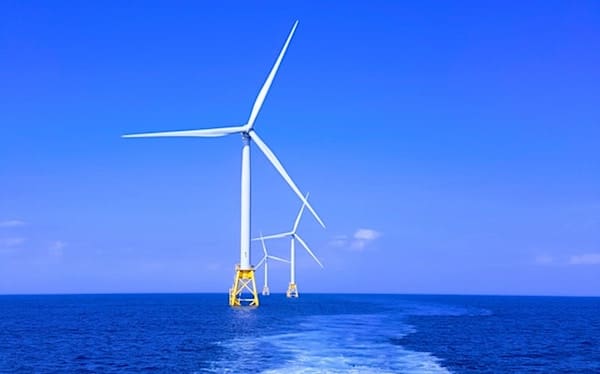
Two European nations are engaging in a war over who uses too much wind.
Long have there been fights over the volume, and consumption of, water in rivers and streams, and now the same dispute has taken to the skies.
The Daily Wrap reveals the Dutch are accusing Belgians of “stealing the wind.”
“Dutch wind farms in the North Sea are generating less energy due to the proximity of Belgian turbines,” the report explains.
According to the Times, the situation is creating “the risk of future conflicts over air currents.”
Tomasz Harackiewicz, of the Offshore Wind Energy Center at Maritime University said it’s actually a “wake effect.”
“It’s not just about the energy given to the turbine blades, but also the turbulence created behind them, which can stretch for miles and change the wind direction. This is what the ‘wake effect’ is about,” he explained in the report.
The publication said, “Air flowing through a wind turbine loses speed and creates turbulence, which can negatively affect the turbines located behind it, reducing the energy efficiency of subsequent devices. As described on the website renovables.blog, when a turbine is exposed to wind with a lower speed, it generates less electrical energy, and furthermore, ‘turbulent flow can increase the mechanical wear of the blades, shortening their lifespan.’”
The lower wind power can, the report explained, cut into the “financial outcomes” of a wind farm.
A report at Not the Bee explained, “Yes, the Belgians just accused the Dutch of taking more than their fair share of the wind.”
The report said, “Remco Verzijlbergh, a specialist at the Dutch weather forecasting company Whiffle, accused the Belgians of placing their wind farms in such a way that their wake effect has robbed the Dutch from the wind needed to power their turbines.
“Not only do the wind turbines’ wakes steal the wind out of the other’s turbines’ sails, they also are being shown to affect meteorological and atmospheric conditions.”
It may even cause global warming, the report noted, as, “Both in situ and satellite observations have suggested that nocturnal surface temperatures increase in the vicinity of wind plants as wind turbines mix warmer air from aloft down to the surface.”
European nations have begun work on a long list of wind projects.







